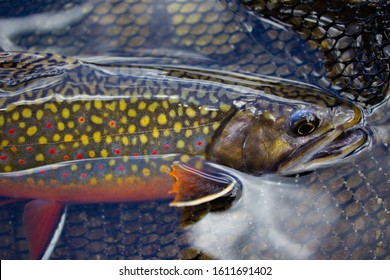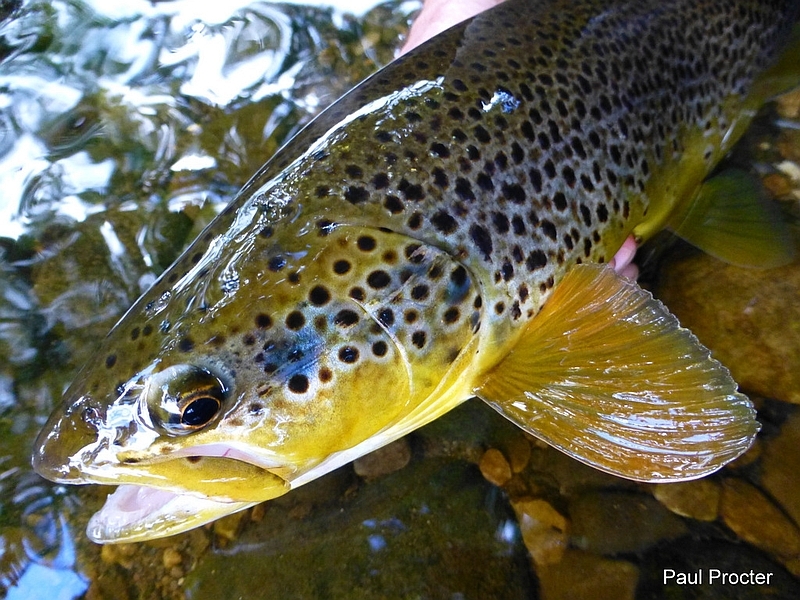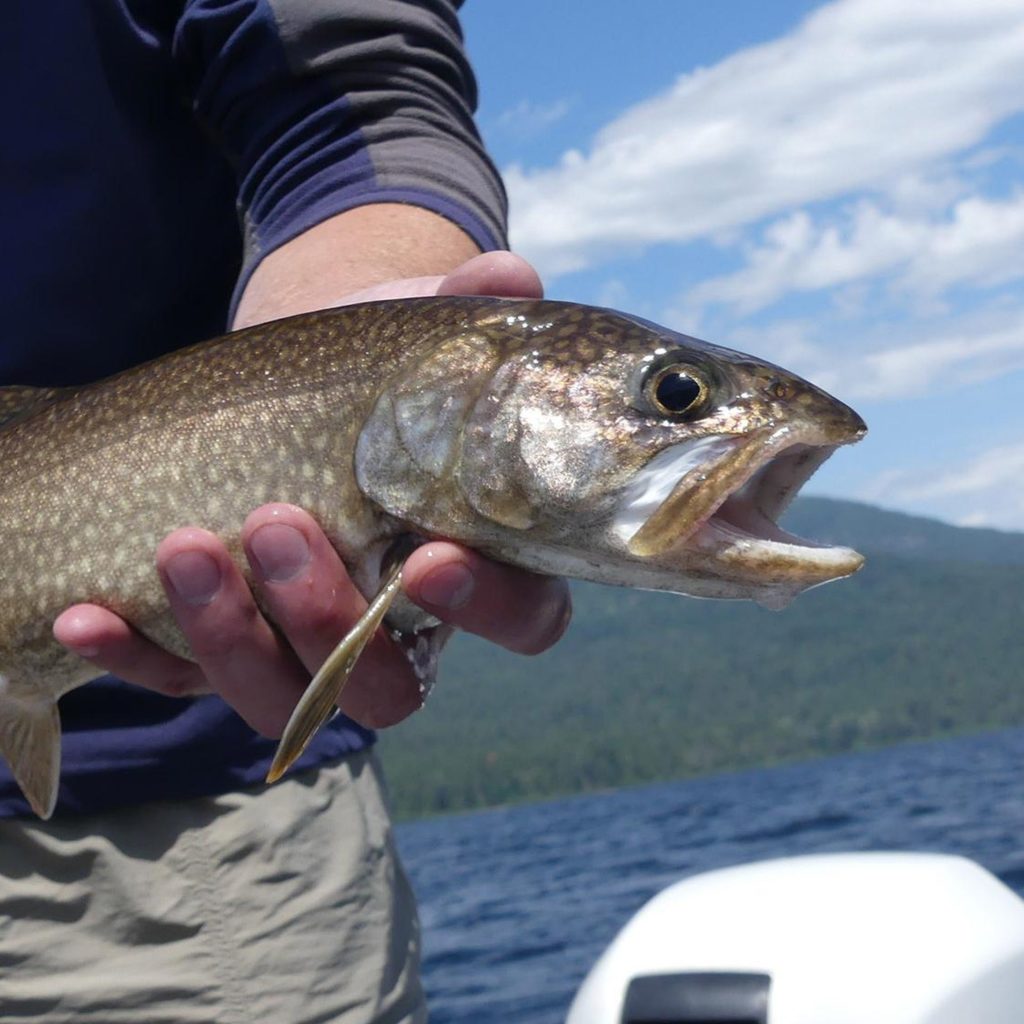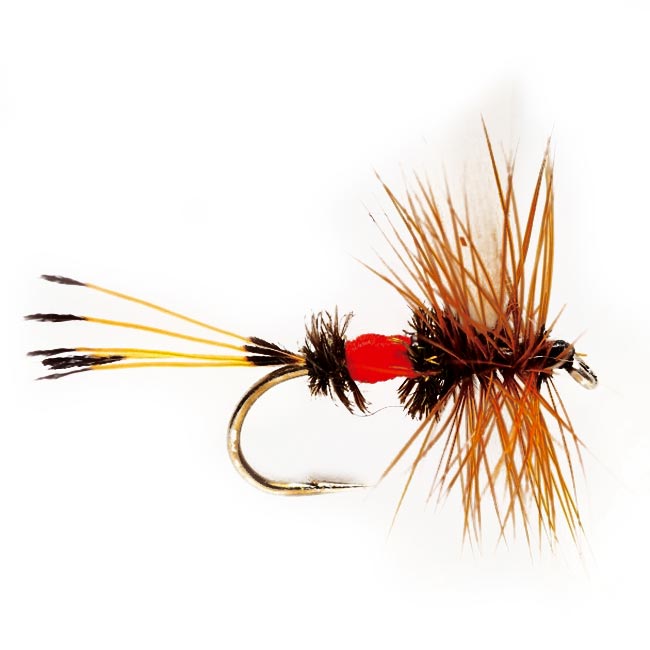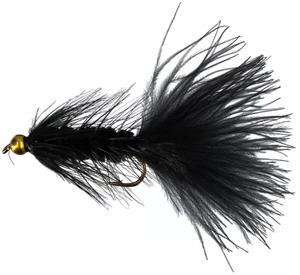In your editor’s home state, spring means fishing. Sure, you can ice fish in the winter months. But let’s be honest, only the clinically insane want to go out on a frozen lake, drill holes through the ice and sit there hoping something bites.
Unfortunately, this April 1st is going to be the last traditional trout opening day here in New York. The NYS Department of Conservation has issued new regulations that, going forward, will allow year round trout fishing in all the state’s creeks, streams, rivers, ponds and lakes. It has been heading in this direction for a while. There has been year round catch and release trout fishing on a limited number of streams and lakes for several years, with more bodies of water added periodically.
There are several species of trout available here. Brook trout, the official state fish, is native to the state. While brown trout (European imports) and rainbows (natives of the west coast) are introduced species. Lake Trout (mackinaw) are found in lake Ontario, the Finger lakes and some of the Adirondack lakes. Splake, a brook trout-lake trout hybrid, are found in some lakes in the adirondacks
Tackle for trout fishing can be as simple or complex as you choose. I have personally caught trout on everything from a cane pole to a spey rod and everything inbetween.
Early in the season, when the streams and creeks are high and muddy from snowmelt, I’ll typically reach for one of two spinning combos both spooled with 8lb Powerpro braid with an 8 foot long 4lb test flourocarbon leader. The length of the rod varies depending on where I’m fishing. If there’s a lot of brush and overhanging trees, I typically use an ultralight 5’6″ rod, if there’s more room, it’s a 7′ light action rod.
Unlike a lot of people around here, I almost exclusively use artificials. Soft plastics have come a long way from the pre-rigged Creme worms of my youth. I rely a lot on offerings from Berkely Powerbait. That said, there are times when you can’t beat a garden worm or a salted minnow. Whichever way you go, keep your hooks small and use just enough weight to keep your offering near the bottom. Slip floats can also be useful. They allow you to keep your bait in the zone without hanging up and act as a strike indicator.
During the high water period I also use the three S’s a lot. Spinners, Spoons and Stickbaits. I usually have an assortment of Mepps, Blue Fox, Panther Martin and Roostertail spinners, a selection of small, eighth ounce or so, chrome and gold spoons and a couple of gold and black and silver and black Rapalas in my tackle selection
Once the water levels start to drop I pick up the fly rods. An 8 1/2 foot 5-6 weight fly rod will suit for most trout streams.
I always carry an assortment of sizes of Adams, Elk-Hair Caddis, Royal Coachman, Black Gnat, Gold Ribbed Hares’s Ear, Prince Nymph, Muddler Minnow, Wooly Bugger, San Juan worm, black ant and hopper patterns in my fly box.
Got any trout tips? Take issue with anything of the things I’ve mentioned? Any good fish stories? Let us know in the comments below.
